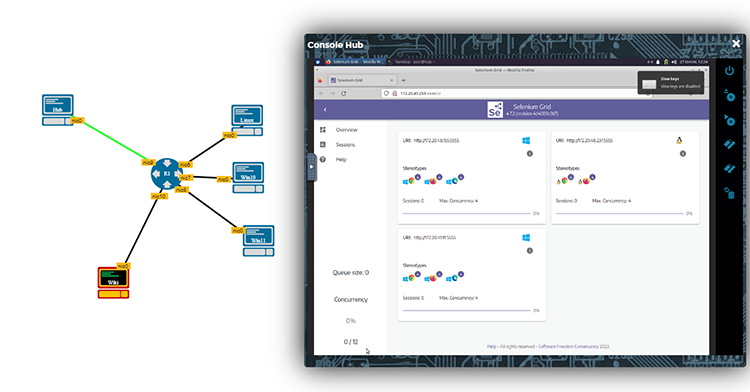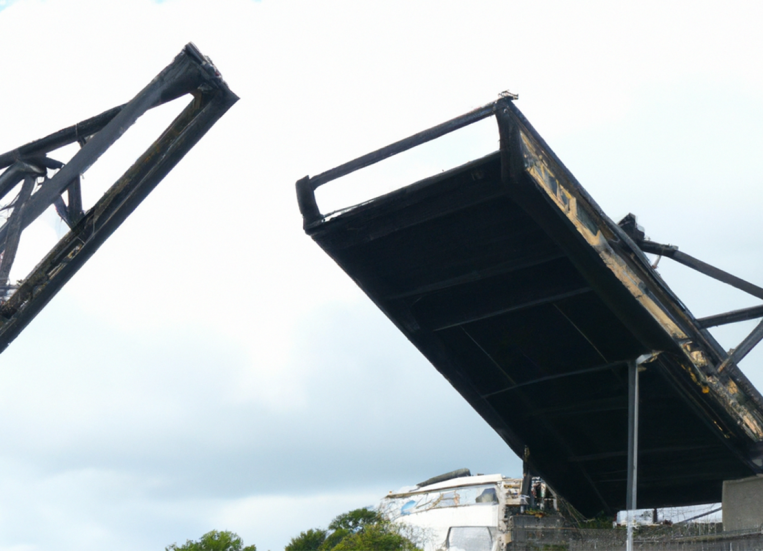Bridging the industry-academia gap with the QA Workshop project
13.03.2023One of the larger issues facing Information Technology graduates is their need for real experience in whichever career area they want to pursue.
IT covers a wide range of areas, and as such, a general IT degree program can only provide some fundamental base skills to students. This rarely prepares them for working life, and they often need more training, skills, and experience in certain areas of knowledge.
The QA Workshop was an initiative that began in September 2021. The core idea is to help retain more graduating talent in the local area and help the South Savo region become a larger player in the Finnish IT industry.
The workshop hopes to fill a gap by providing students with some software testing and quality assurance skills. These skills could then be coached by local companies, which would provide more employment opportunities for students, and in turn, help local companies to grow.
In a previous article (link below), Timo Hynninen described a virtual environment that could be used for testing. This could help students practice their skills in a secure environment on real-life applications provided by local software companies.
One potential way to utilise the virtual laboratory for testing purposes is automated web application testing. Normally if a company wants to perform extensive testing on their applications, it would need to find resources for testing. This means either reserving physical hardware in the company or renting some cloud space to create the required testing environment. Neither of these options is financially viable for smaller companies.
In order to perform the automated testing, we could make use of Selenium Grid. Selenium is an often-used software resource that allows testers to write scripts that will automate the testing of web applications. Selenium Grid takes this one step further by executing the scripts on remote machines which have different combinations of operating systems and web browsers; this allows testers to test their applications thoroughly.

We can create a virtual scenario running a selenium grid and upload a web application that requires testing. This would allow students to log in to the environment, load up the scenario, and begin using specified test cases.
This would allow us to provide an iterative testing phase where tests are run, the errors are reported, and the company fixes the errors and re-submits the application for testing. This process would continue until all tests are passed. As stated earlier, the testing process can be quite time-consuming and consume many resources within small companies. Taking advantage of the QA workshop would help companies by using fewer resources for testing and would also provide students with experience in testing genuine applications.
What is the next step? Why not take a look at our web page where you can find a more detailed description about the project and how you can contact us.
Establishment of Xamk software quality assurance workshop -project is funded by South Savo Regional Council, European Regional Development Fund.
More information
Previous article by Timo Hynninen: https://read.xamk.fi/2022/digitaalinen-talous/virtuaalinen-laadunvarmistuspaja-tarjoaa-alustan-testausta-ja-toimeksiantoja-varten/ (article in Finnish).
































